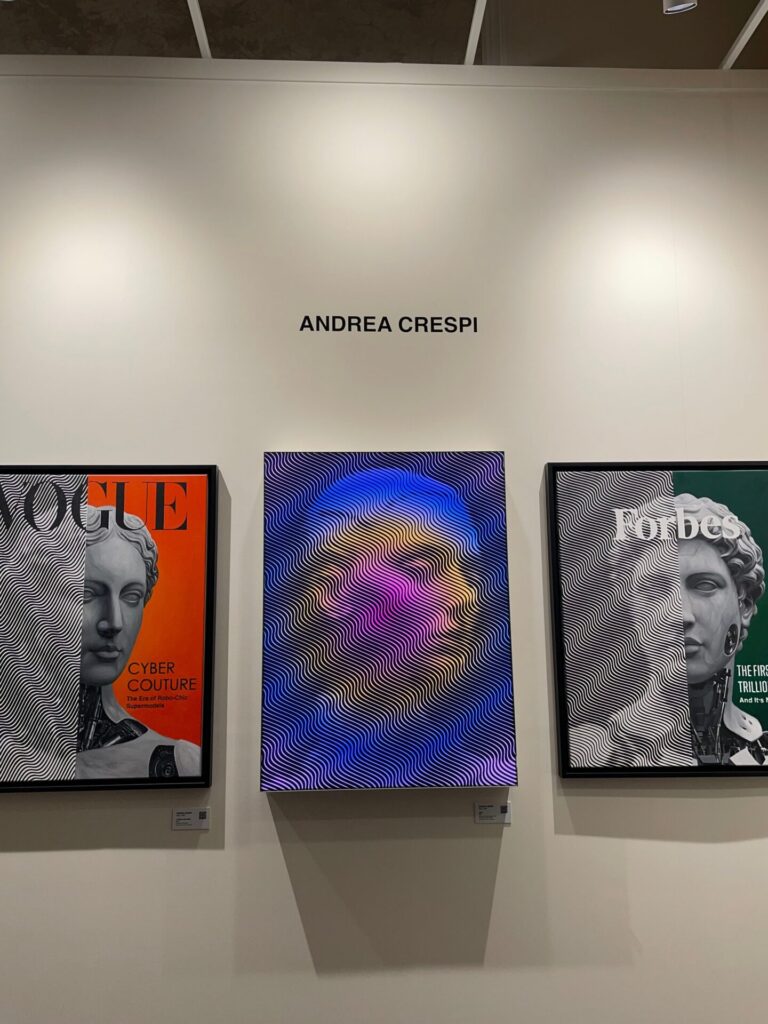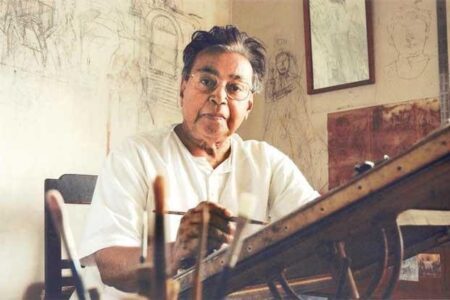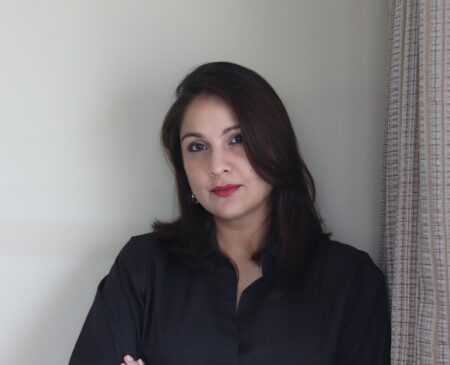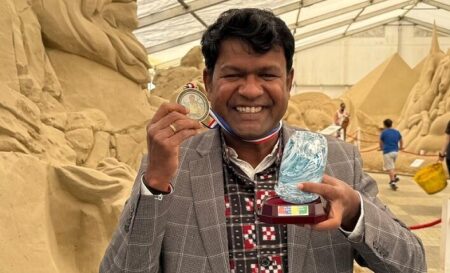With an unprecedented diversity of artists and mediums, Art Dubai 2025 cements its stature as a vibrant, inclusive platform for cultural dialogue.
Bringing together over 400 artists from 65 countries, Art Dubai 2025 once again affirmed its standing as the Middle East’s premier art fair—a vital platform where international creatives, connoisseurs, and industry leaders discover, discuss, and engage.
Launched in 2007, Art Dubai’s 18th iteration – April 18 to 20 – brought together a dynamic mix of new voices and marquee names, transcending borders, disciplines and generations under four heads — Contemporary, Modern, Bawwaba, and Digital, each with a distinct vision and curatorial approach.

India had its strongest showing at Art Dubai 2025 with over 30 artists represented by a dozen galleries from across the country. From modernist maestros like M.F. Husain to powerful millennial voices and the largest showing by women creatives, the formidable lineup amplified the country’s growing importance on the creative atlas.
While the contemporary section highlighted cross-cultural dialogue and new voices; Bawwaba (meaning `gateway’ in Arabic) focused on projects from the Global South; Art Dubai Modern revisited post-war histories and Art Dubai Digital showcased Artificial Intelligence(AI), Blockchain, and immersive media.
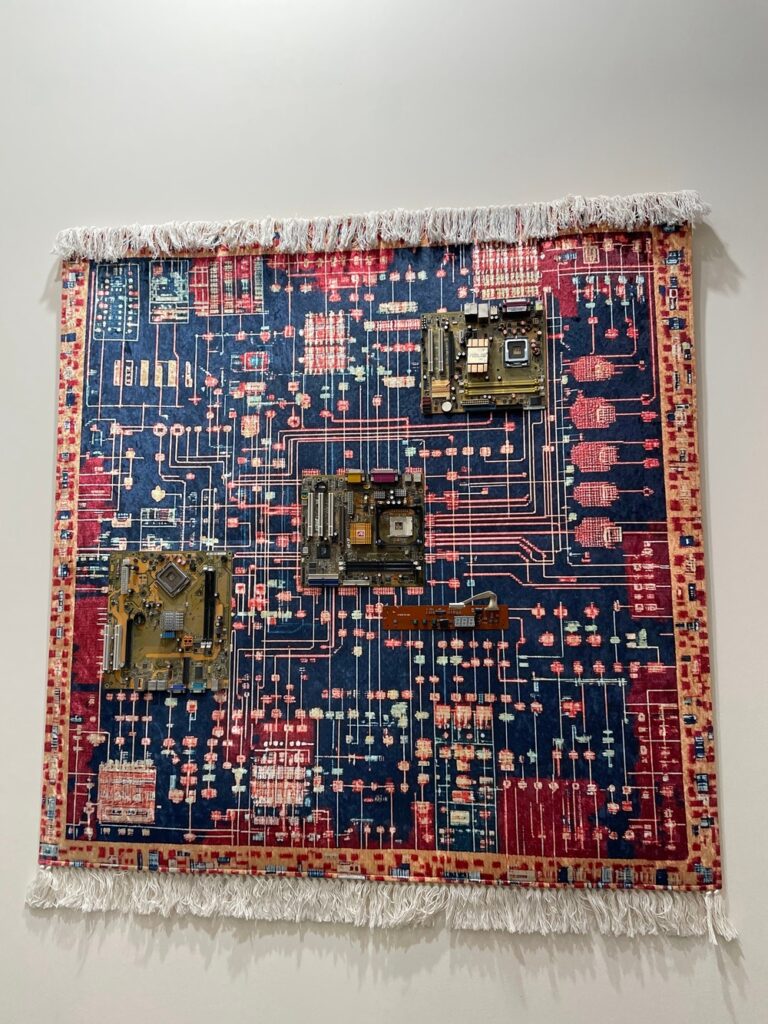
“This year’s programming reflects the fair’s long-term commitment to working with local institutions, businesses, and the government to create new opportunities for artists while reinforcing Dubai’s status as a center of innovation and thought leadership.
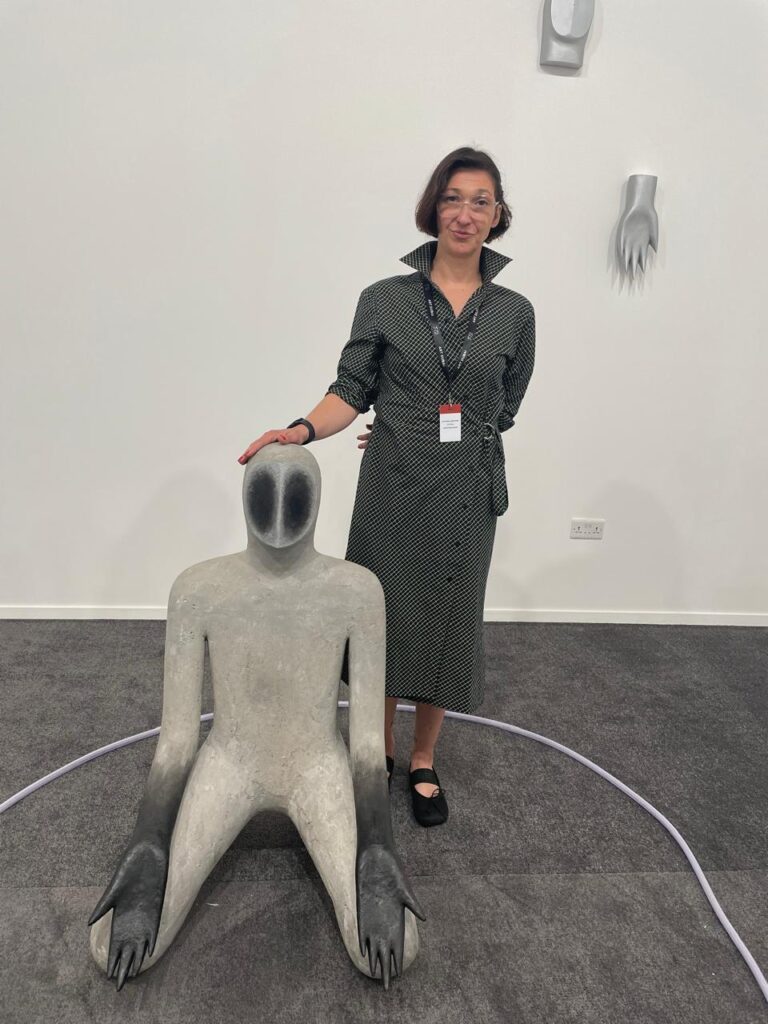
By convening some of the brightest minds and fostering a dynamic dialogue that brings together diverse creative communities, Art Dubai continues to be a powerful force in the region’s cultural development,” said Pablo del Val, Art Dubai’s Artistic Director.
Formidable lineup
Art Dubai Modern — curated by Magalí Arriola and Nada Shabout — was dedicated to 20th-century maestros. New Delhi’s DAG gallery presented Maqbool Fida Husain, a pathbreaking artist who redefined Indian modernism as a founding member of the Progressive Artists’ Group.

Under Bawabba, Bengaluru-based Abishek Ganesh J, known as Kaimurai, was represented by Blueprint12, Delhi. “The artist’s meditative indigo-on-khaki textile works explore energy, organic forms, and the traditions of South Indian art and music, offering viewers a moment of deceleration and calm,” said Ridhi Bhalla, Director and Co-founder, Blueprint12, who represented Kaimurai.
Kaimurai’s series presented a dialogue between organic forms and the dynamic energy flow experienced in the Western Ghats, drawing inspiration from ancient South Indian art, rituals, architecture, and Carnatic music, elaborated Bhalla. “His layered compositions—marked by rhythmic strokes ranging from delicate lines to bold gestures—manifest an interplay between tranquility and intensity, mirroring the omnipresent yet often obscured energies that shape our surroundings,” added Bhalla.
Probably one of the most diverse sections was Contemporary with 72 participating galleries from all over the world: Paris, Dubai, Singapore, Madrid, Mumbai, Milan, Tokyo, New Delhi, New York. Including established names like Michelangelo Pistoletto, Peju Alatise, or Héctor Zamora, it was an impressive squad.
However, the most ambitious section of Art Dubai 2025 was Art Dubai Digital, now in its fourth edition. Curated by Gonzalo Herrero Delicado, it featured nearly 30 presentations using AI, VR, and mixed reality to spotlight everything from border control to migration and climate change. Under this section, Fãl Project, a staggering phygital installation by Iranian artist Mohsen Hazrati and presented by Dubai’s Inloco Gallery, combined handcrafted sculpture, Persian poetics, and artificial intelligence to explore bibliomancy—the ancient practice of divination through texts—in a digital context.
Immersive art
The fair’s expansive bandwidth – with representation from the Middle East to South Asia, Africa to the Gulf as well as a gamut of underrepresented regions — highlighted its inclusive ethos, said representatives from the art world. “The fair has leveraged its synergies with institutions, businesses, and government bodies to deliver an impressive cultural programming.
From large-scale site-specific works to digital installations, and performance-based pieces, the works are truly top notch,” said Alexandra Karpuchina, Founder Karpuchina Gallery, Prague, Czech Republic, who had brought in works of several European artists.

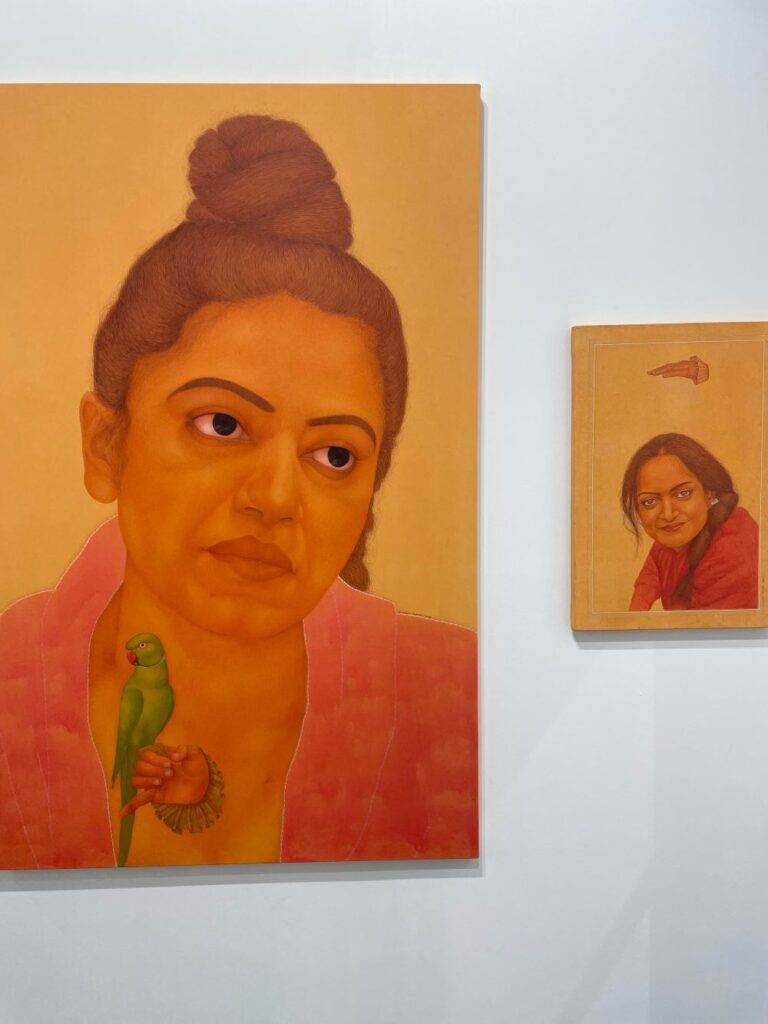
Not just the artworks, throughout the Art Dubai 2025, a daily talks program brought together artists, curators, and thinkers who are shaping the global art conversation such as Hans Ulrich Obrist, Rem Koolhaas, Lawrence Abu Hamdan, Primavera de Filippi, Krista Kim, to name a few.
Similarly, the Global Art Forum under the theme The New New Normal, curated by Shumon Basar and Y7, brought fresh perspectives to how technology, politics, and aesthetics continue to redefine the pace of change. Meanwhile, the second edition of the Digital Summit explored the realms of AI, posthumanism, and the environmental impacts of emerging technologies—vital topics that resonated strongly with fairgoers. All in all, an impressive art show that will be talked about for long!

